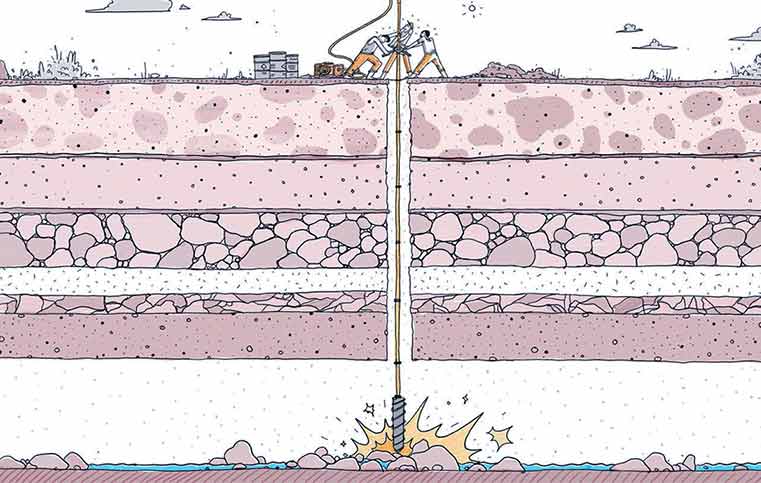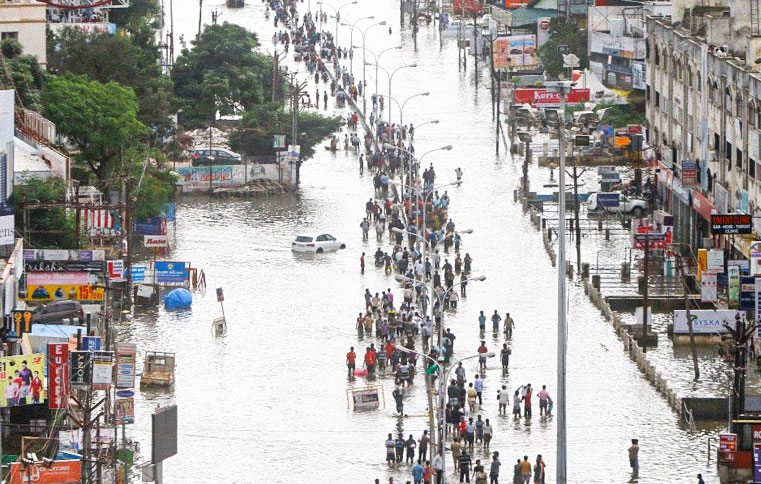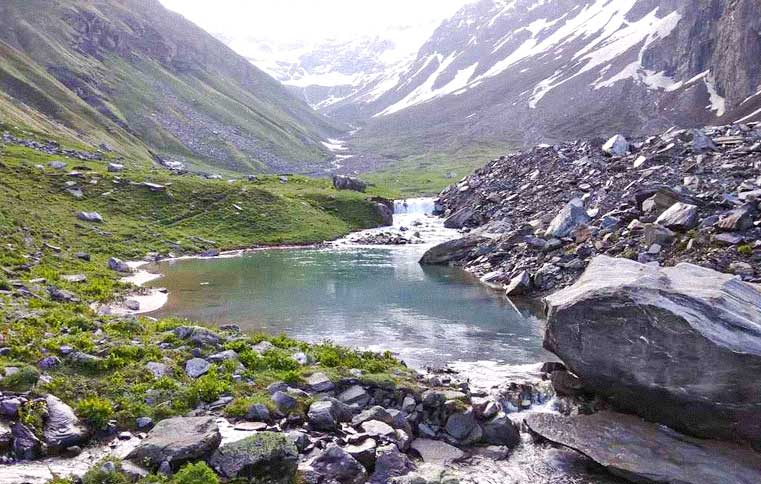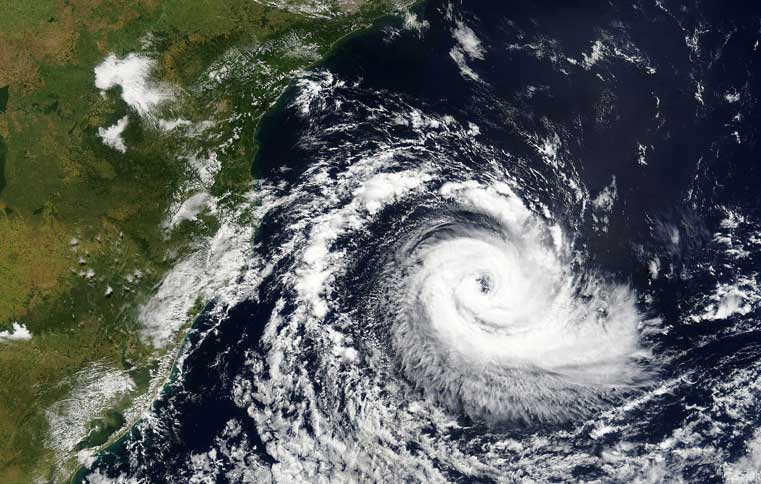India's groundwater crisis and how can we solve it
By: Harshita Rana | Date: 29th November 2019
 Image: IDR Online | Priya Dali
Image: IDR Online | Priya Dali
India is the largest user of groundwater in the world, at over just 260 cubic km per year our country uses 25% of all the groundwater extracted globally, ahead of USA and China.
It is and will be a lifeline in India’s water supplies as 70% of the water supply in agriculture today is groundwater, and yet we have an extremely poor understanding of it which affects both policy and practice.
With insights from India Development Review (IDR)’s interview with Himanshu Kulkarni and Uma Aslekar of Advanced Centre for Water Resources and Development (ACWADAM) here are some reasons and suggestions for such major problems with groundwater management.
The most important reason behind the groundwater conditions today is that even though we are highly dependent on it, we do not understand or prioritize it in our policies, because being invisible to the eyes it gets ignored by both users and governance.
Moreover, groundwater education even today mostly focuses on exploring or finding new resources of groundwater for the sake of development.
Talking about the groundwater issues in the country, there are basically three issues. First obviously being depletion, as evident in our drying wells and springs.
But as a consequence of this we have the second issue of the deteriorating groundwater quality. Less amount of water leads to more concentration of the ions, causing serious issues of contamination.
Be it use in agriculture or domestic supply, today we have cases of Arsenic and Fluoride contamination all across the country. And third, the increasing disconnect between the environment and the groundwater.
Therefore, we need an integrated approach to solve these issues. So if in one area, depletion seems to be the biggest problem, we need an approach that addresses contamination, and recognises the ecological role of groundwater as well.
If we are to address our water problems, here are a few things that the country needs:
1. We need location and situation specific customized micro level solutions, to be later pulled together to construct a larger picture, because the ground water in India is disaggregated in terms of occurrence, usage and problems.
2. We need stronger public institutions dedicated to groundwater management. The Ground Water Survey and Development Agency (GSDA) falls under the ambit of the Ministry of Drinking Water and Sanitation. It has little to do with water used for agriculture — which accounts for less than 5% of water used in rural Maharashtra — and hence cannot influence policy or usage with respect to that. Organisations like GSDA must be strengthened and encouraged to engage in partnership models of working with grassroots organisations that are working on community-level water management. This is just one example of how a lack of institutional thinking impacts solutions. Many states don’t even have a GSDA equivalent.
3. We need to demystify the science and involve communities and committed people in the development of science for better solutions. Like ACWADAM conducts audience specific training programmes for various organisations and government agencies.
4. We need to infuse interdisciplinary science in the process of groundwater management and governance to achieve decentralised water governance. No single institution can identify and resolve the problem, we need to integrate many disciplines required to develop sustainable groundwater management.
The ability to clearly articulate and communicate the groundwater problems and their possible solutions is therefore, the key to implementing processes of groundwater management.
Reference: India has a groundwater problem












